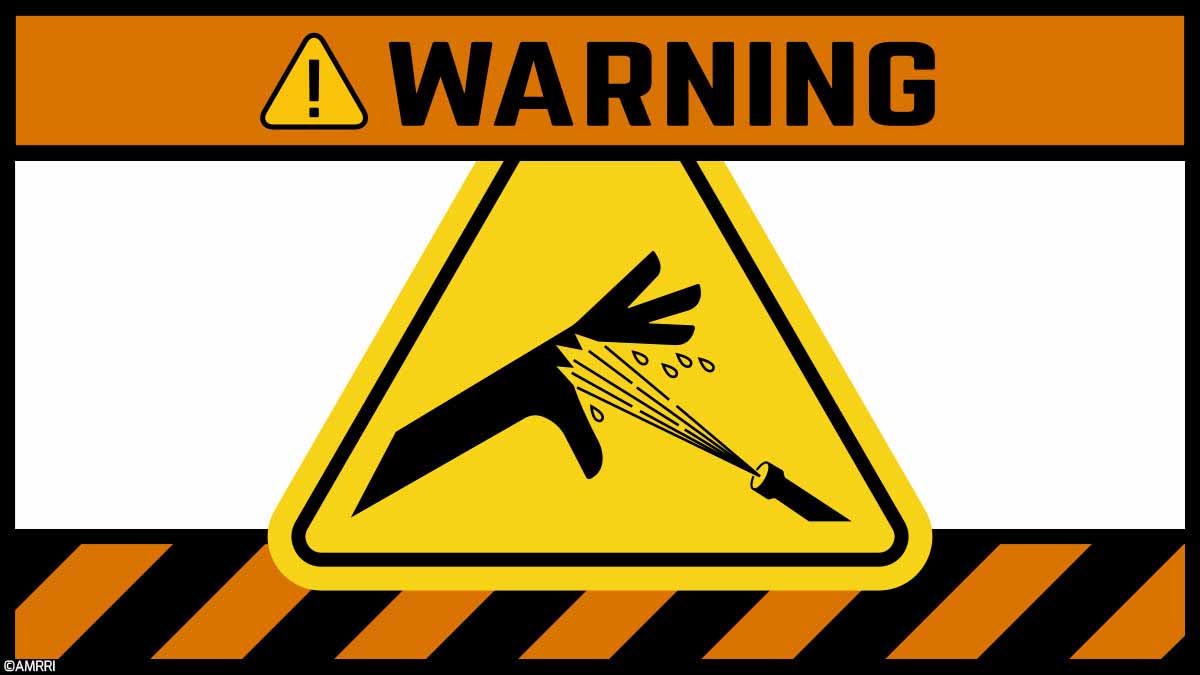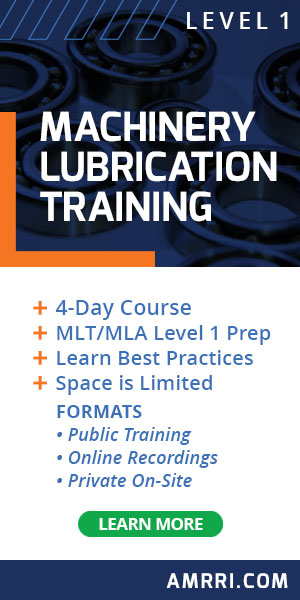For professionals who work with machinery, it is vital to grasp the potential risks of fluid injection injuries. Although these incidents are rare, they are a significant concern, especially for personnel who are engaged in performing lubrication tasks. Let’s simplify the facts to understand why these injuries matter and how we can prioritize safety.
A few years ago, the International Fluid Power Society held a webinar on preventing and managing fluid injection injuries. The webinar highlighted some concerning facts from a study conducted by emergency department doctors at New York Methodist Hospital, revealing some serious statistics.
In North America, approximately 600 fluid injection incidents occur every year. This number may seem low, but it raises some concerns about maintenance staff working in the industrial sector.
Many doctors may underestimate these injuries because they’re rare, creating a problem since time is crucial in addressing them. On average, people wait about 8 to 9 hours before seeking medical help, assuming the injury isn’t severe. Unfortunately, waiting too long can worsen the situation and may even lead to amputation of limbs.
How Do Fluid-Injection Injuries Happen?
A question arises: Where do these injuries come from?
Most of these injuries occur from high-pressure grease guns and associated systems, making up 57% of cases.
Paint, hydraulic oil, and similar fluids follow at 18%, with diesel fuel injectors contributing 14%. Professionals who perform lubrication activities must understand the reasons behind these incidents to ensure their safety while working with machines.
Have a look at some of the worrying facts:
- The likelihood of amputation (losing a body part) after a fluid injection injury is, on average, 48%.
- If the pressure exceeds 7000 PSI, this risk approaches 100%. This highlights the need to ensure the utmost care, especially when dealing with high-pressure greasing systems.
- Another highly concerning factor is the duration it takes to seek medical assistance. If more than 10 hours pass, the likelihood of amputation can increase up to 100%. It is, therefore, crucial to act promptly to minimize the damage.
Injuries caused by fluid injections are often severe and usually need surgical intervention to fix the wound and avoid further damage caused by the fluid. Professionals working on high-pressure hydraulic machines and grease systems should spread this vital information and ensure everyone within their team knows how to stay safe.
How to Prevent High-Pressure Fluid Injection Injuries
Now, let us discuss how we can prevent these workplace-related injuries. First, be aware of the working hazards, be careful, take all the necessary precautions, let others know about the risks, and follow all the safety rules.
Understanding the dangers and taking simple precautions can help create a safe environment for lubrication tasks. Safety should always be the priority at the workplace.
Some basic steps must be implemented to ensure our workplaces are safe.
Always wear the appropriate PPEs, including hand gloves and protective eyewear, while performing the lubrication tasks.
While working with hydraulic systems, it’s important to be cautious and never underestimate the potential risks. If any signs of a fluid injection injury are noticed, like swelling or redness, seek medical consultation immediately without any delay. Waiting can worsen the injury, which should be avoided through immediate action.
Professionals who use high-pressure grease guns for the greasing task must be aware of the maximum pressure that grease guns can generate in case of overpressure.
Extra care must be taken when dealing with high-pressure grease guns and systems. It is also essential to be aware of the potential risks, including the chemical properties of the fluids being handled, and take the proper steps to avoid getting hurt.
It is important to let others know about safety regarding fluid handling. Consider having toolbox talks and safety awareness campaigns about fluid handling.
If everyone within the company knows and cares about safety, the chances of getting hurt by fluid injections are significantly reduced.
In conclusion, safety is everyone’s responsibility, especially when working with hydraulic machines. Understanding the associated risks, taking simple preventive measures, and spreading awareness can create a safer work environment for everyone within the organization. Let’s make safety a habit and ensure we go home safe and sound at the end of the day.









